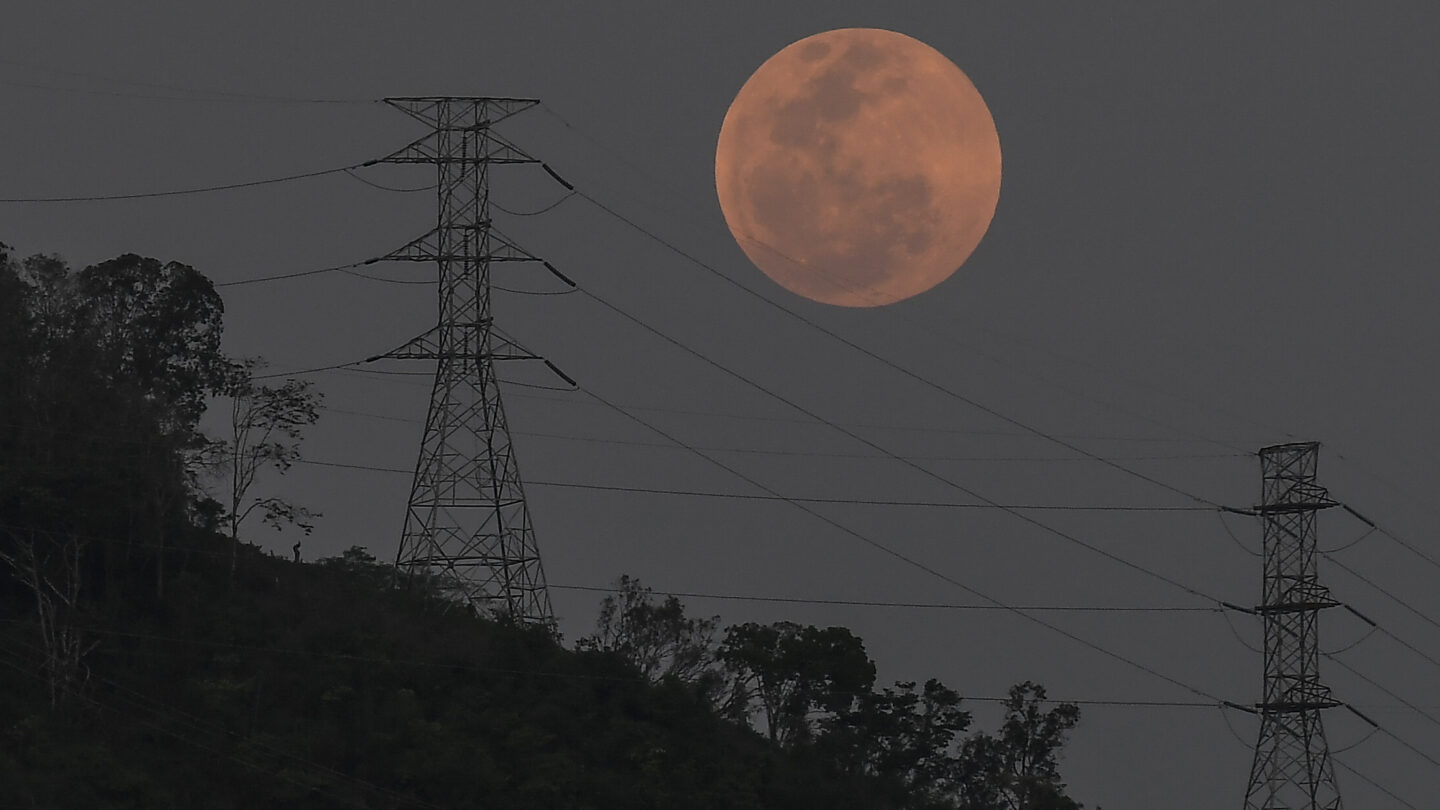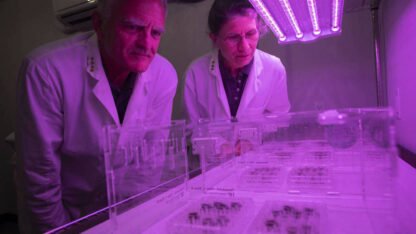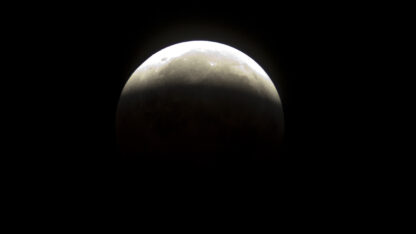Did you see the Super Flower Blood Moon last night? It was stunning

Matias Delacroix / Matias Delacroix
A total lunar eclipse that produced a deep red blood moon made its way across the night sky Sunday night into Monday morning, giving stargazers a dramatic, multi-part show.
Around 9:30 p.m. ET the moon began to pass into Earth’s shadow. Within roughly two hours it had reached totality – or fully within in Earth’s shadow – and stayed there for some 85 minutes.
Yet, instead of going dark, the moon turned a dramatic red.
Also known as a “Blood Moon,” this happens because the sunlight shining directly onto Earth passes through the atmosphere and is projected onto the moon — giving it a red tone during the eclipse.
“This same effect is what gives sunrises and sunsets a reddish-orange color,” NASA explains.
But why was the moon so BIG?
This is because another event was also taking place: a super Moon. This happens when the celestial body is closest to Earth in its orbit. This confluence of events has led last night’s eclipse to be dubbed the Super Flower Blood Moon of May 2022.
In total, the eclipse lasted some five hours, with totality lasting about 85 minutes. This is longer compared to most, Ernest Wright, graphics system specialist at NASA, says.
“It has a lot to do with whether or not it [the moon] is going through the middle of the shadow or kind of skimming along the edge,” he told viewers tuning into NASA’s livestream of the eclipse. “This eclipse is in the top 25% of eclipses for duration so we’re pretty close to the middle.”
People in Central and South America, along with the eastern part of the continental United States got the best show — blood moon and all.
Meanwhile, parts of western Europe and Western Africa mostly experienced just the total eclipse.
The next total lunar eclipse is expected on November 22, according to Science.com.
9(MDAxODM0MDY4MDEyMTY4NDA3MzI3YjkzMw004))








